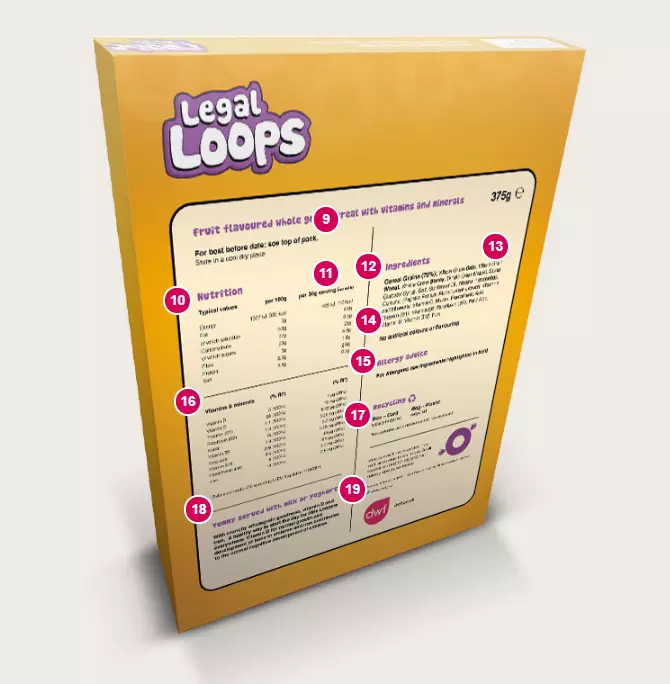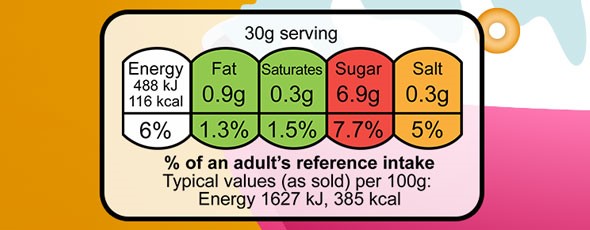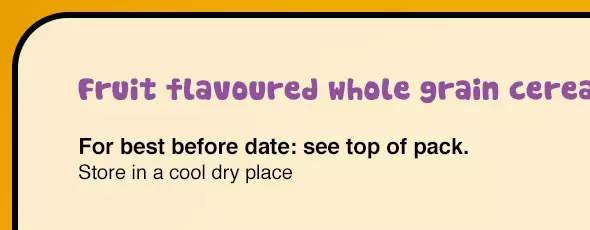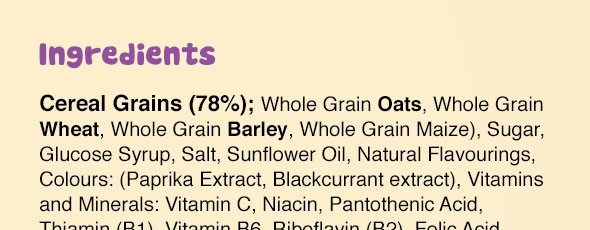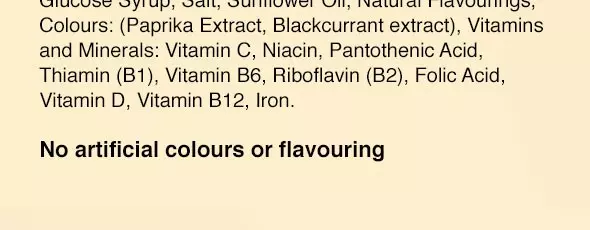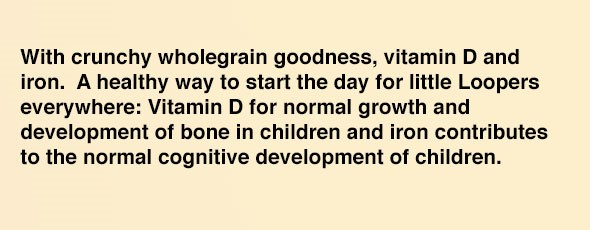
What is a health claim?
A health claim is a representation that states or implies that a relationship exists between a food and health. There are two types of health claim: specific (e.g. [x] is needed for maintenance of normal bones) and general (e.g. 'good for you').
How to make a specific health claim
You may only make a specific health claim that is on the permitted list of specific health claims authorised by the EU, all of which have conditions of use.
You do not have to use the exact approved wording provided the alternative has the same meaning to a consumer, however deviations from that wording increases risk. This is a high risk area and incredibly subjective.
Check if there is a relevant specific health claim – without this, a claim cannot be made. If you do have a specific claim, you need to ensure you are meeting the conditions of use in order to make the claim, but remember:
- The permitted wording should be positioned next to the general health claim – it can be altered slightly, but not so much that it would change the meaning for the consumer.
- The health claim must be linked to the ingredient for which the claim is authorised - not the product as a whole.
Example of an acceptable health claim: Legal Loops contain a source of Vitamin D. Vitamin D supports normal growth and development of bone in children.
Example of an unacceptable health claim: Legal Loops make kids big and strong!
Remember: Pictures, symbols and single words can be health claims e.g. ♥ could imply a healthy heart.
Remember: if a product is high in fat, sugar or salt (HFSS), a claim that the product is ‘healthy' will be higher risk.
Have you thought about...
The mandatory statements that must be made on pack when making a health claim, namely a statement. These include:
- indicating the importance of a varied and balanced diet and a healthy lifestyle;
- the quantity of the food and pattern of consumption required to obtain the claimed beneficial effect;
- if appropriate, a statement addressed to persons who should avoid using the food; and
- an appropriate warning if the product is likely to present a health risk if consumed to excess.

